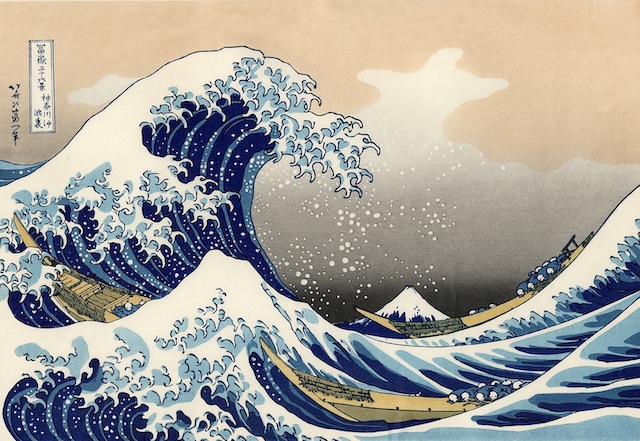My favorite toy was a beloved 1972 Toyota FJ40 Land Cruiser. Purchased in 1977, it was the last vehicle I sold before I departed for Japan in October 2019. It was a tearful ending of a 42-year love affair.

I spent countless hours and dollars restoring, upgrading, maintaining and operating my venerable FJ40, one of 35 vehicles I have owned in my lifetime.[1]


Toyota’s legendary Land Cruiser has a history that stretches back to the ’50s. Launched in 1951, the Land Cruiser is Toyota’s longest-selling vehicle. Over time, the once rugged short wheel-based 4X4 with awesome off-road capabilities became a powerful luxury SUV. Sadly, the latest model revamped in 2021 for the first time in 14 years may also be its last.

With waiting times already stretching out to two years, Toyota just announced that customers in Japan face a four-year wait for the delivery of a new Land Cruiser. It is unclear when and if the vehicle will be available elsewhere in the world.
I found it interesting that the Land Cruiser’s popularity in Japan has only recently increased as outdoor camping boomed here amid the pandemic. According to news reports, Tokyo area car dealerships are asking buyers to sign pledges saying they aren’t purchasing the new model for resale purposes reflecting after-market prices of more than ¥15 million ($132,000) for the new Land Cruiser model compared with the manufacturer’s suggested retail price of around ¥5 million to ¥8 million, including tax.
The FJ 40 is the most popular variant of all Land Cruisers. Introduced in 1960, the FJ40 has achieved classic car status with a significant world-wide following of enthusiasts and collectors. In South America and Africa, the classic FJ is not really a classic—they are still indispensable for daily personal and commercial use.
I have seen only a few FJ40s in Tokyo but suspect there are more scattered throughout the country and I expect interest in the restoration of the classic 40 Series models will grow in Japan as is has in the United States. I had explored shipping my FJ40 to Japan, but found the import entry restrictions prohibitive. Had it been possible, just imagine the enjoyment (and potential resale value)!
I no longer have a driver’s license but remain an FJ40 enthusiast and still carry a torch for the classic FJ. The detailed 1/12 scale RC model I built of this most fondly remembered Toy is a remaining treasure.
Toyota receives numerous requests for the return of the FJ40 series or a later upscaled model called the FJ Cruiser. There have been many hopeful rumors circulating and fading for years. Is it just wishful thinking? Or will Toyota one day bring back the iconic FJ40 Land Cruiser?
[1] Be sure to see a series of upcoming posts on my first car, the complete FJ40 restoration story, and information on the many other vehicles I have owned in my lifetime.

